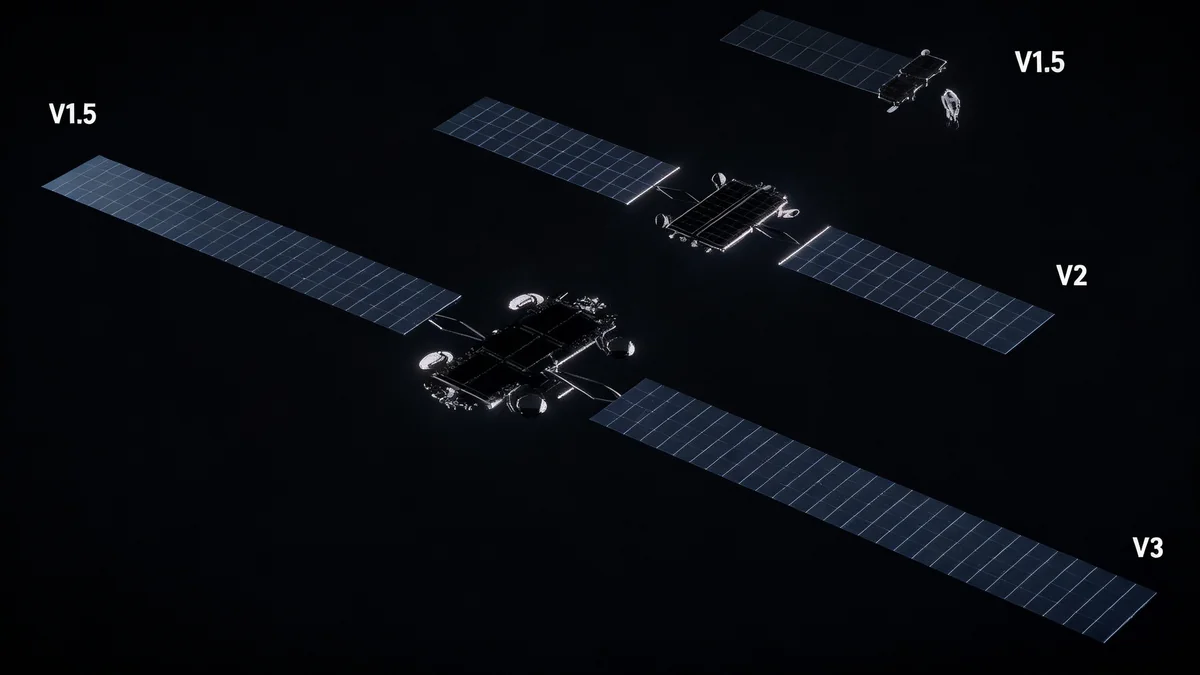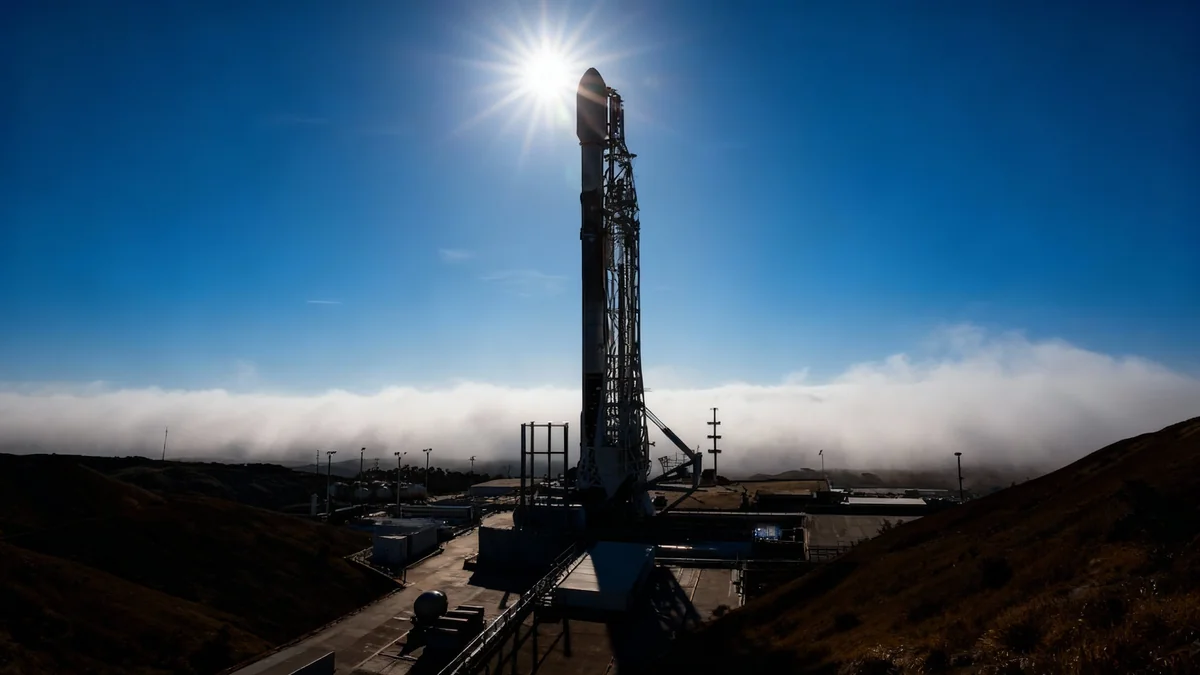Elon Musk has announced that SpaceX intends to develop and operate data centers in orbit by adapting its next-generation Starlink satellites. The move signals a major escalation in the race to move critical computing infrastructure off-planet, following similar interest from other technology industry leaders.
The plan involves scaling up the company's forthcoming Starlink V3 satellites, which are already designed for high-speed laser communications. This development could address the surging global demand for data processing and storage, driven largely by the rapid expansion of artificial intelligence, while bypassing the environmental and logistical challenges of building massive server farms on Earth.
Key Takeaways
- Elon Musk stated on the social media platform X that SpaceX will use scaled-up Starlink V3 satellites to create space-based data centers.
- The initiative is a response to the massive increase in computing power required by artificial intelligence systems.
- Other tech leaders, including Amazon's Jeff Bezos and former Google CEO Eric Schmidt, have also invested in or predicted the rise of orbital data centers.
- SpaceX's Starlink V3 satellites are projected to offer a tenfold increase in data capacity, reaching 1 Terabit per second (Tbps) per satellite.
A New Frontier for Big Tech
The concept of placing data centers in orbit is rapidly moving from science fiction to strategic business planning. Elon Musk's confirmation that SpaceX will pursue this technology adds significant weight to an idea that has been gaining traction among the world's most influential tech figures.
In a recent statement, Musk outlined a straightforward approach: “Simply scaling up Starlink V3 satellites, which have high speed laser links would work,” he noted, before adding definitively, “SpaceX will be doing this.”
This announcement places him alongside other visionaries who see space as the next logical venue for the world's growing data needs. Amazon founder Jeff Bezos recently predicted that gigawatt-scale data centers will be constructed in space within the next two decades. Similarly, former Google CEO Eric Schmidt's acquisition of rocket company Relativity Space was reportedly motivated by an interest in the same technology.
Why Move Data Centers to Space?
Proponents of orbital data centers point to two primary advantages over their terrestrial counterparts. First is access to a limitless and free power source: the Sun. Second is the avoidance of the significant environmental and land-use costs associated with building and cooling massive server facilities on Earth, which often face local opposition.
The Starlink Advantage
While critics have historically dismissed space-based infrastructure projects as economically unfeasible, SpaceX has a proven record of defying expectations. The Starlink satellite internet constellation has successfully delivered high-speed broadband to millions globally while operating profitably, a feat many in the industry thought impossible.
This track record lends credibility to Musk's new ambition. The key to the plan lies in the next generation of Starlink hardware, the V3 satellite.
A Leap in Satellite Capability
The current Starlink V2 mini satellites have a maximum data capacity of around 100 Gigabits per second (Gbps). The upcoming Starlink V3 is expected to increase this capacity by a factor of ten, reaching 1 Terabit per second (Tbps). This represents a monumental leap in data handling capability for a single satellite.
To put this in perspective, the Viasat-3 satellite, a geostationary satellite with a 1 Tbps capacity, took nearly a decade and hundreds of millions of dollars to build. SpaceX, however, plans to launch its V3 satellites in large batches aboard its Starship rocket, with estimates suggesting up to 60 satellites per launch. These launches could begin as early as the first half of 2026.
“The amount of momentum from heavyweights in the tech industry is very much worth paying attention to,” said Caleb Henry, director of research at Quilty Space. “If they start putting money behind it, we could see another transformation of what’s done in space.”
Evolution of a Constellation
SpaceX has demonstrated a rapid iterative development process with its satellites. The journey from the initial concept to a potential orbital data center has been remarkably swift.
- First Operational Satellites: Launched just over five years ago, these weighed approximately 300 kg and had a capacity of about 15 Gbps.
- Starlink V2 Mini: The current generation, with a capacity of roughly 100 Gbps.
- Starlink V3 (Projected): These satellites are expected to have a mass of around 1,500 kg and a capacity of 1 Tbps.
The term “scaling up” the V3, as Musk mentioned, suggests an even larger and more powerful variant specifically designed for data storage and processing, not just transmission.
Industry Implications and Future Outlook
The entry of SpaceX into the space-based data center arena is poised to accelerate development across the entire sector. While startups like Starcloud have been working on this problem, the involvement of a company with SpaceX's launch capabilities and existing infrastructure changes the landscape entirely.
Historically, satellites have performed functions related to data, such as transmission (telecom satellites) and storage (imaging satellites). The next evolution is sophisticated onboard processing. Creating a true data center in space would merge these functions on an unprecedented scale.
The primary functions of a data center—storing, processing, and transmitting data—could all be handled in orbit. This would reduce latency for certain applications and create a new, resilient layer of global digital infrastructure.
While the technological and economic hurdles remain significant, Musk's declaration is a clear sign that the industry's most powerful players are taking the challenge seriously. If SpaceX can apply its Starlink deployment model to orbital data centers, the digital world's center of gravity could begin to shift from the ground to the stars.





